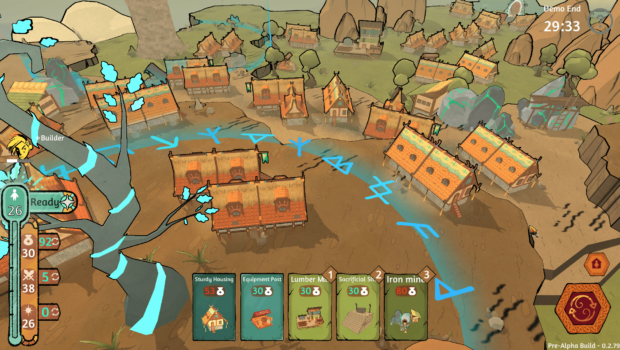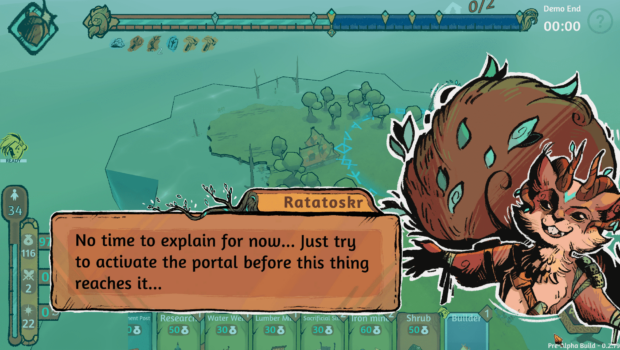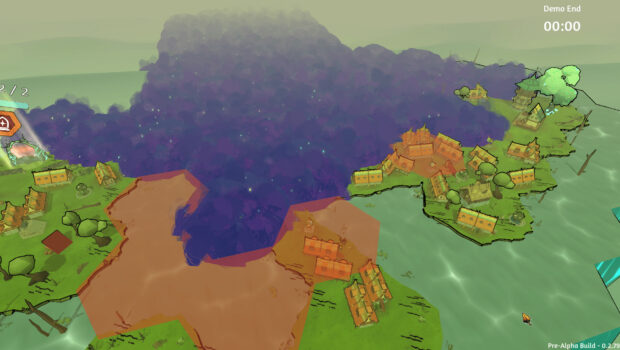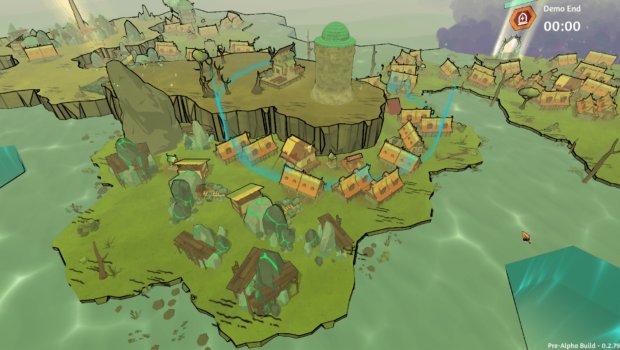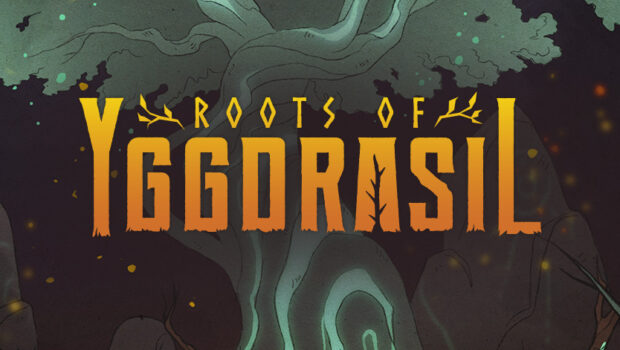Project Introduction
The game takes place after Ragnarok. The World Tree Yggdrasil was obliterated into pieces and scattered across the cosmos. Against all odds, Norsemen settlers managed to survive on a fragment of Yggdrasil and are stuck in an infinite time loop. By exploring the Nine Realms, building new colonies, and managing resources, players must rebuild the World Tree while escaping the unrelenting threat of the endless void known as Ginnungagap.In Roots of Yggdrasil, players will constantly be racing against time to avoid the threat of the Ginnungagap. When time runs out, this endless void devours the player’s settlement, bringing an end to their loop. Failure will therefore be necessary for success since it brings them back to the beginning of their adventure where they can start a new loop with new tools, upgrades, and better mastery of the game mechanics.
Key features:
/ Unique mix of genres: Roots of Yggdrasil presents a very rare blend of genres, introducing a strong narrative aspect in a city-builder with roguelike elements. Instead of building up a gigantic city, the player must always start anew on a new set of procedurally generated islands, trying to escape a dark void called the Ginnungagap. Each run brings perks and abilities that will carry on after failure, as in any good roguelike.
/ Bringing something new to the table: The game solves a common problem of city-builders; once your city is done, there is usually not much left to do. In Roots of Yggdrasil, the nomadic nature of your settlers will force you to approach city-building in a lot less permanent fashion, since you’ll be moving on sooner or later.
/ European comic-inspired art style: The art style itself differentiates Roots of Yggdrasil, showcasing a marked inspiration for European comics of the 60s-70s, with a 2.5D approach and a colorful hand-drawn style that is both familiar and memorable.
/ Procedurally generated islands, encounters and events will punctuate the player’s experience, making sure no two loops are the same and keeping the gameplay fresh for every single run. Additionally, buildings are drafted from randomly generated pools before they can be placed on the ground. Players must therefore choose wisely and draft what is needed in the moment.
/ Gridless maps: As opposed to most city-builders, Roots of Yggdrasil’s building mechanics are gridless, meaning that players will have all the freedom in the world to place the buildings wherever they so choose on the ground. Buildings can also turn 360 degrees on its axis allowing players to optimize space and ultimately granting them more freedom to build as they choose.
/ In addition to the impermanent settlements players will build during runs, they will always return to a hub called The Holt. It is a permanent, customizable settlement where unique buildings will be available, enabling a multitude of upgrades and trading opportunities that will help players during their future runs.
/ Evolving and rich storytelling: Similarly to Hades, the story is told through random encounters and events on each of the players’ loops. They will encounter deities and mythical creatures that will aid (or will they?) them on their journey and give them side-quests. These will be actionable upon at the players’ leisure, letting them decide which part of the story they want to progress at any given time.
